A stunning new image from the JamesWebbSpaceTelescope shows a famous supernova remnant called Cassiopeia A, or Cas A.
When a massive star comes to the end of its life and explodes in a huge outpouring of light and energy called a supernova, it leaves behind a dense core that can become a black hole or a neutron star. But that’s not all that remains after a supernova: the explosion can leave its mark on nearby clouds of dust and gas that are formed into intricate structures.
The image of Cas A was taken using Webb’s MIRI instrument, which looks in the mid-infrared range. Located 11,000 light-years away, Cassiopeia A is one of the brightest objects in the sky in the radio wavelength, and is also visible in the optical, infrared, and X-ray wavelengths. To see the different features picked up in different wavelengths, you can look at the slider comparison of the Webb infrared image alongside a Hubble visible light image of the same object.
Related Videos With Webb’s high sensitivity, new details are visible in this remnant. “Compared to previous infrared images, we see incredible detail that we haven’t been able to access before,” said Tea Temim of Princeton University, a co-investigator of the Webb observation program, which took the image, in a statement.
By studying these details, astronomers can learn about the aftereffects of supernovae — which is particularly important because these explosions create many of the heavier elements in our universe such as silicon, sulfur, and iron.
“By understanding the process of exploding stars, we’re reading our own origin story,” said Milisavljevic. “I’m going to spend the rest of my career trying to understand what’s in this data set.”
Malaysia Latest News, Malaysia Headlines
Similar News:You can also read news stories similar to this one that we have collected from other news sources.
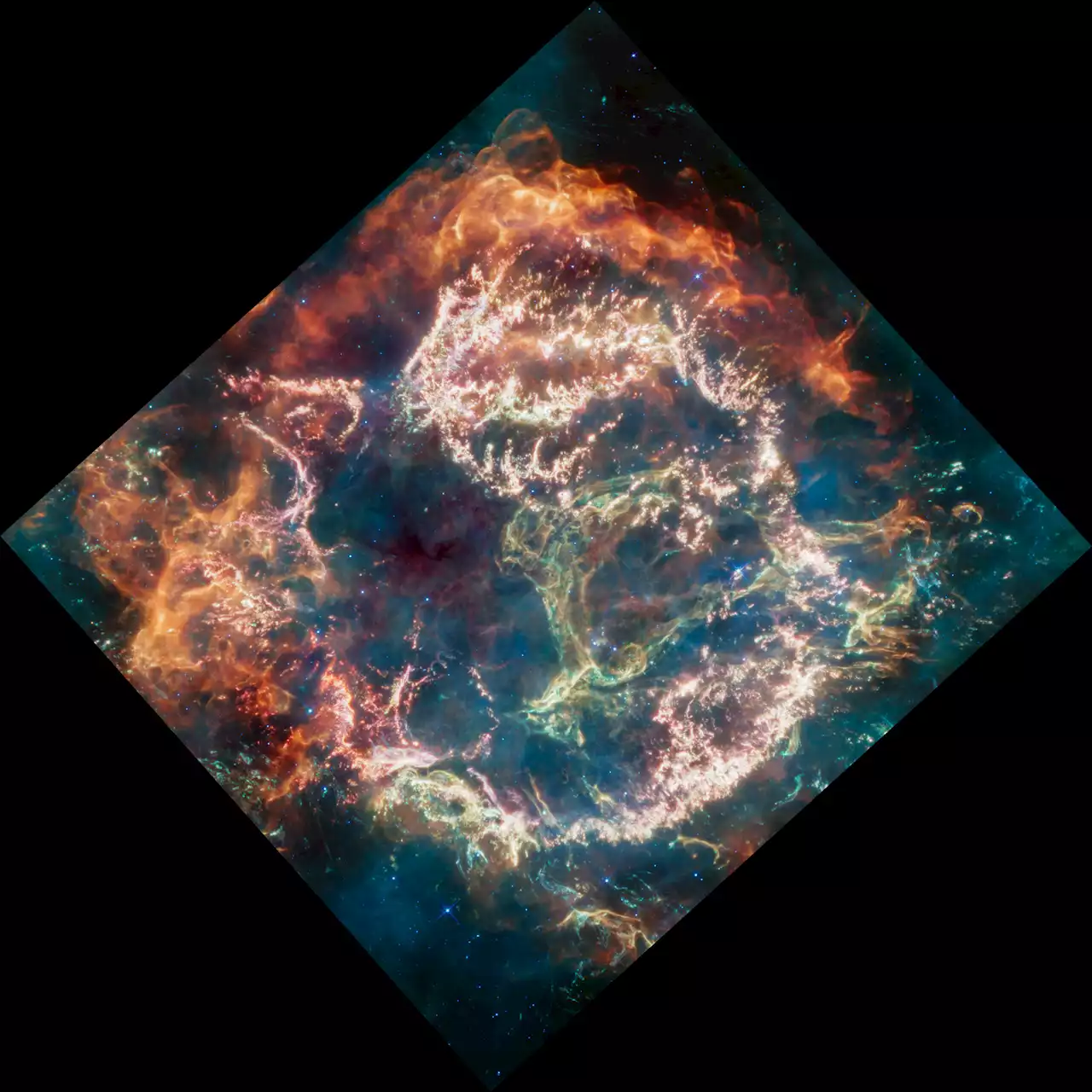 Cassiopeia A sparkles like never before in latest Webb imageA new Webb image of Cassiopeia A captures the iconic supernova remnant in sparkling detail unlike we've ever captured.
Cassiopeia A sparkles like never before in latest Webb imageA new Webb image of Cassiopeia A captures the iconic supernova remnant in sparkling detail unlike we've ever captured.
Read more »
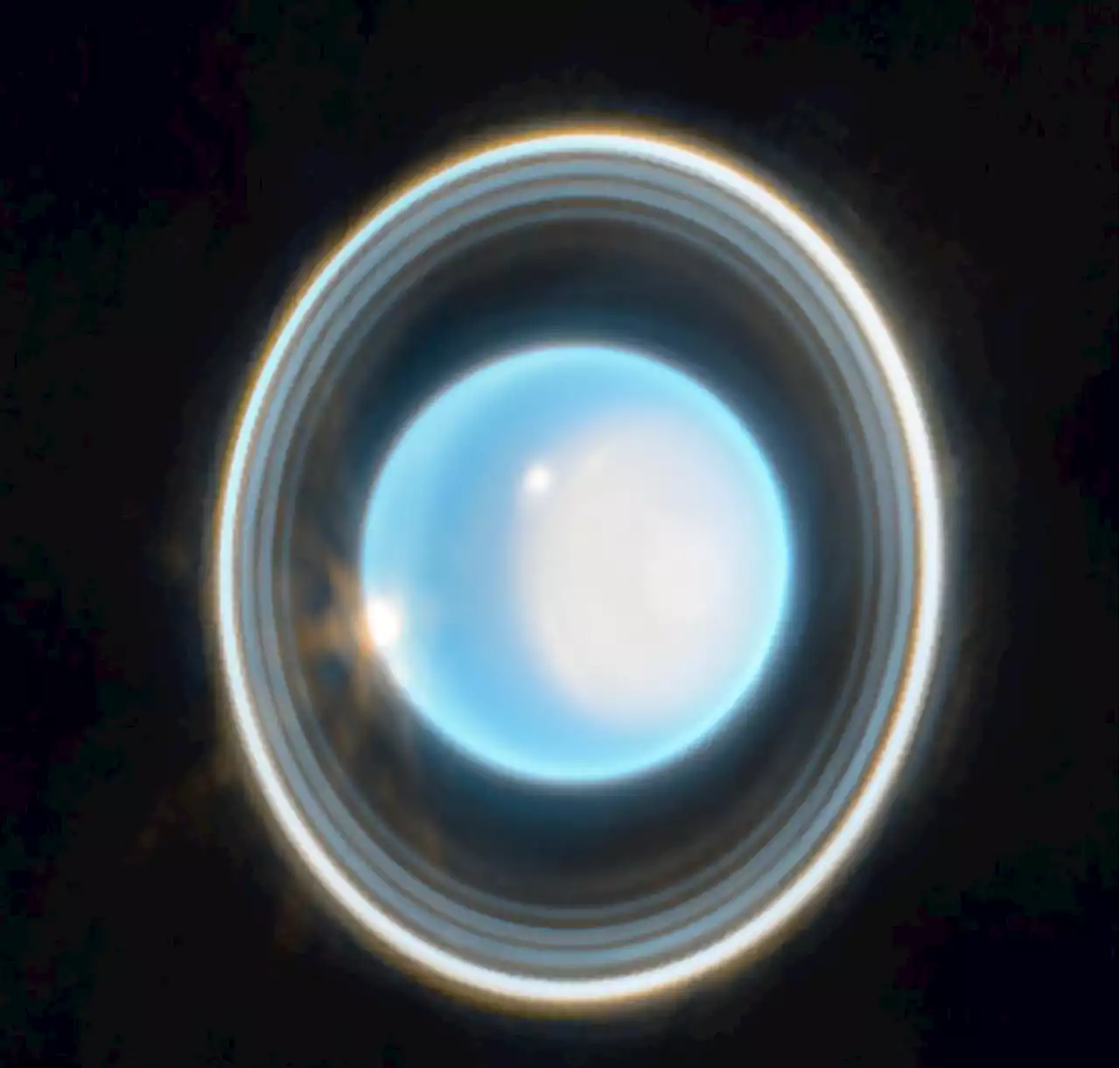 'Uranus has never looked better': James Webb Space Telescope captures new image of ice giantThe James Webb Space Telescope captured an image of Uranus like its never been seen before. Uranus, the seventh planet from the sun, has 13 known rings and 11 of them can been seen in the new photograph, NASA reported.
'Uranus has never looked better': James Webb Space Telescope captures new image of ice giantThe James Webb Space Telescope captured an image of Uranus like its never been seen before. Uranus, the seventh planet from the sun, has 13 known rings and 11 of them can been seen in the new photograph, NASA reported.
Read more »
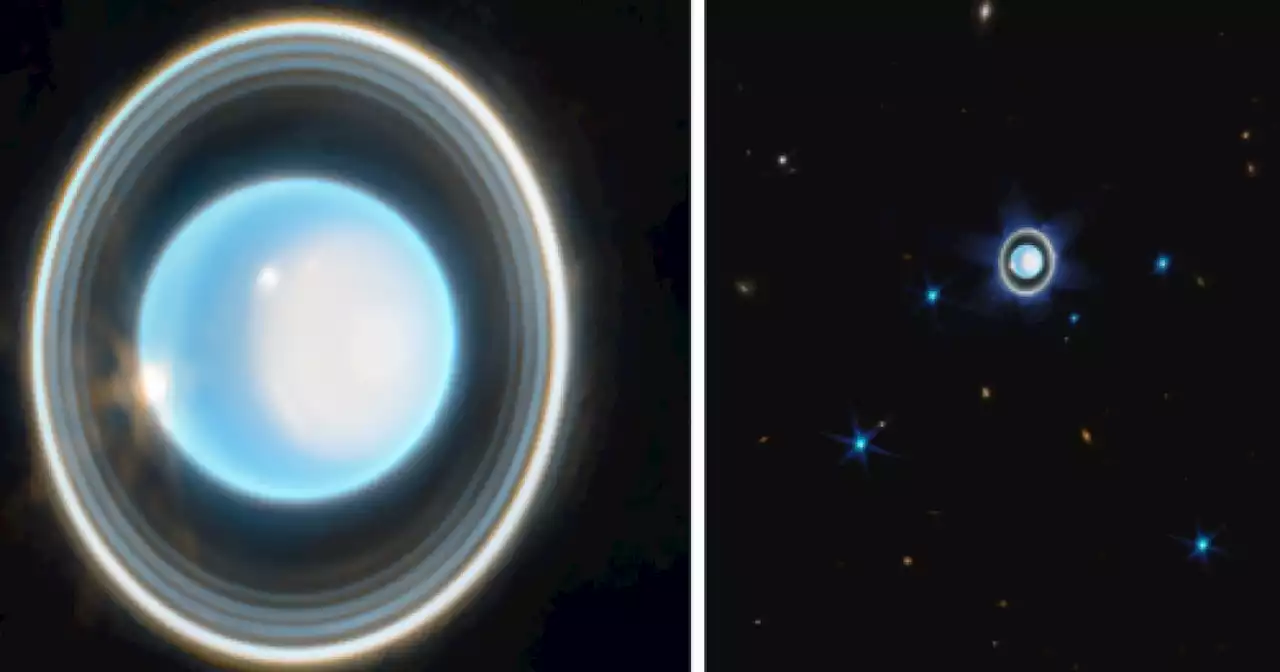 Scientists just captured a rare image of Uranus’ ringsAnother amazing image brought to you by the James Webb Space Telescope.
Scientists just captured a rare image of Uranus’ ringsAnother amazing image brought to you by the James Webb Space Telescope.
Read more »
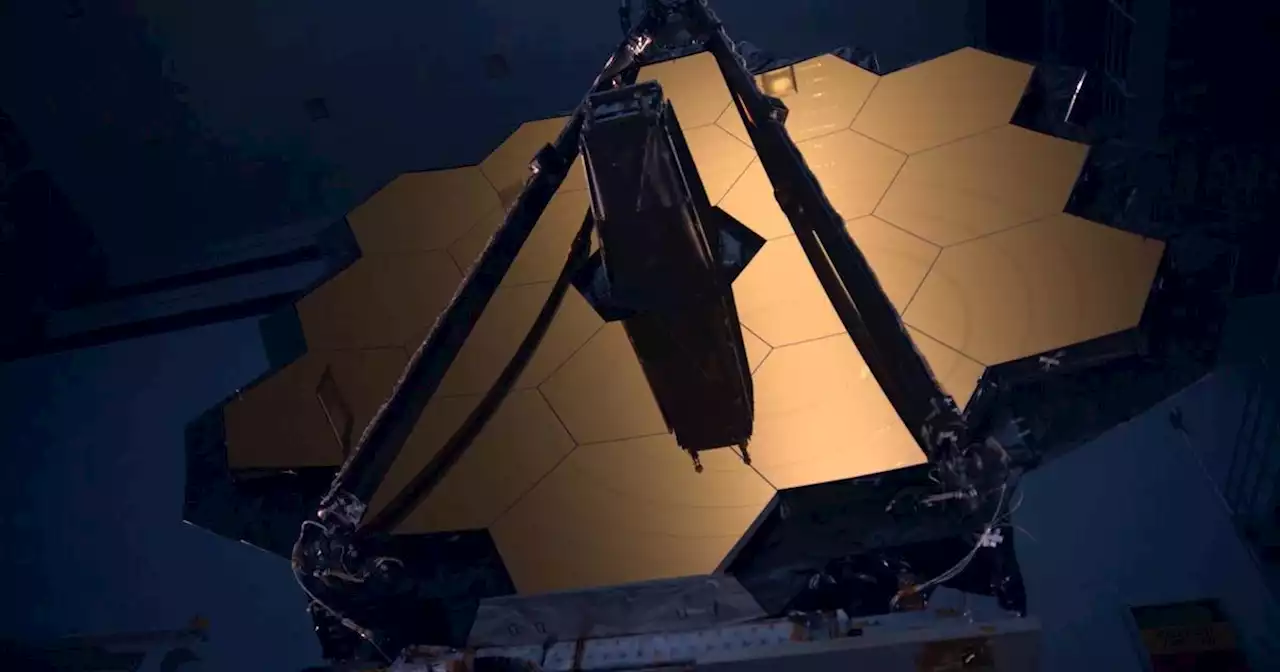 NASA's James Webb Space Telescope revealing new details of the early universeNASA's James Webb Space Telescope is on a mission to find the first galaxies and stars. Scott Pelley gets an inside look at what the telescope has discovered about the universe.
NASA's James Webb Space Telescope revealing new details of the early universeNASA's James Webb Space Telescope is on a mission to find the first galaxies and stars. Scott Pelley gets an inside look at what the telescope has discovered about the universe.
Read more »
 'Hidden' rings of Uranus revealed in dazzling new James Webb telescope imagesAstronomers zoomed in on the dusty rings around Uranus in a new series of stunning James Webb Space Telescope images.
'Hidden' rings of Uranus revealed in dazzling new James Webb telescope imagesAstronomers zoomed in on the dusty rings around Uranus in a new series of stunning James Webb Space Telescope images.
Read more »
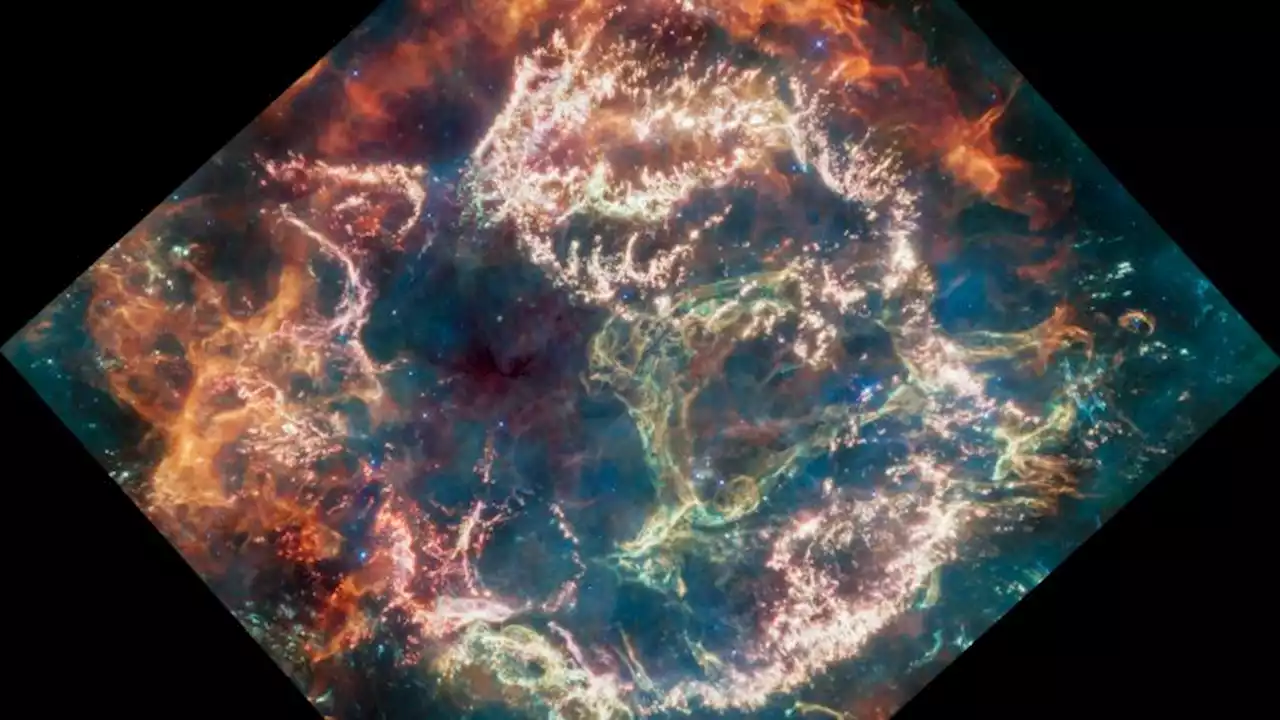 Webb telescope captures 'green monster' inside a young supernova | CNNThe James Webb Space Telescope captured colorful, never-before-seen details in Cassiopeia A, one of the most well-observed remnants of an exploded star.
Webb telescope captures 'green monster' inside a young supernova | CNNThe James Webb Space Telescope captured colorful, never-before-seen details in Cassiopeia A, one of the most well-observed remnants of an exploded star.
Read more »
